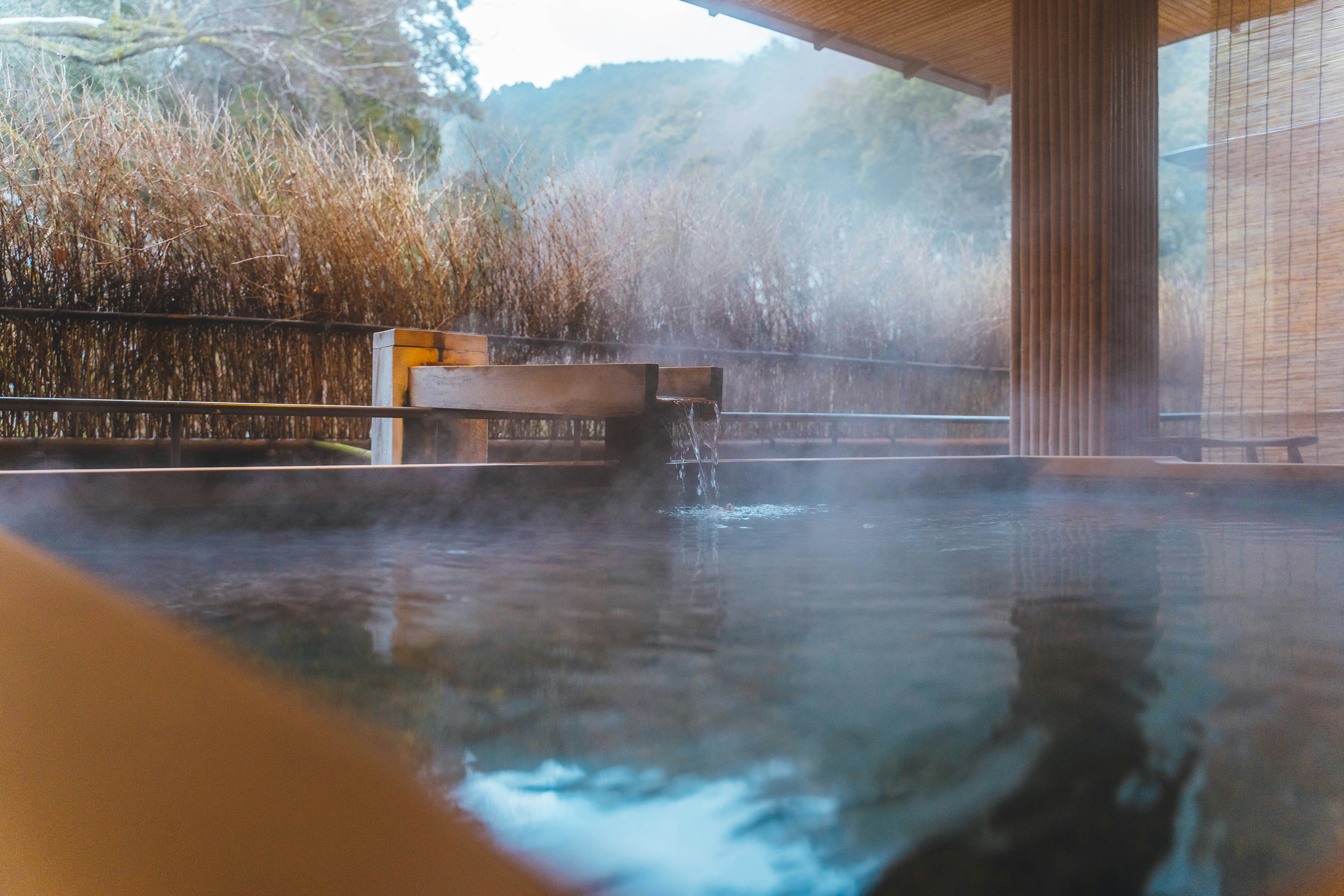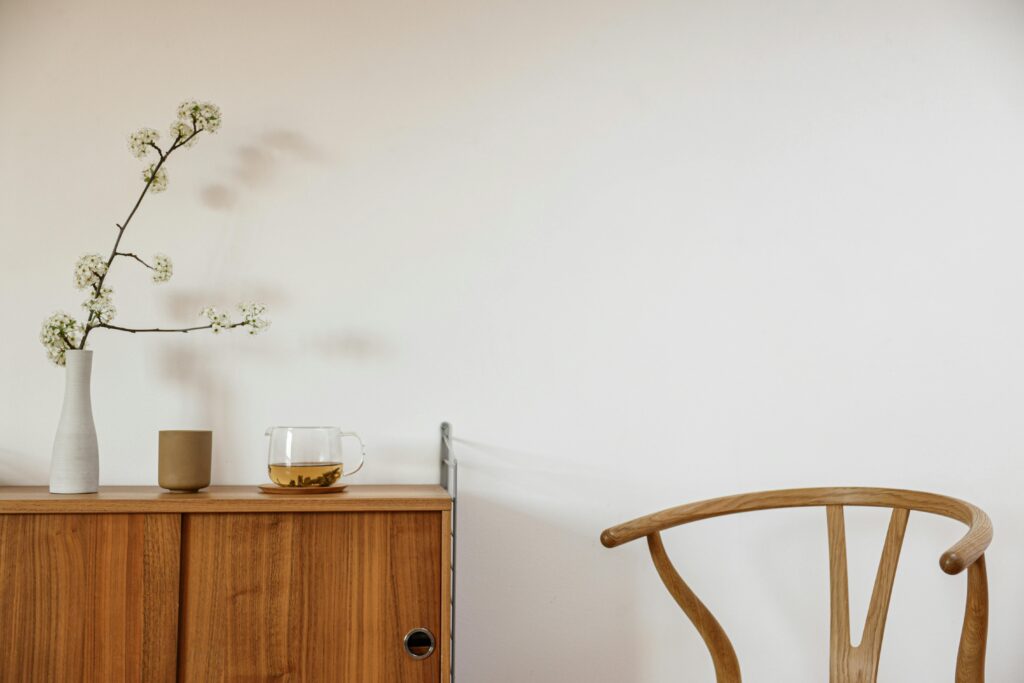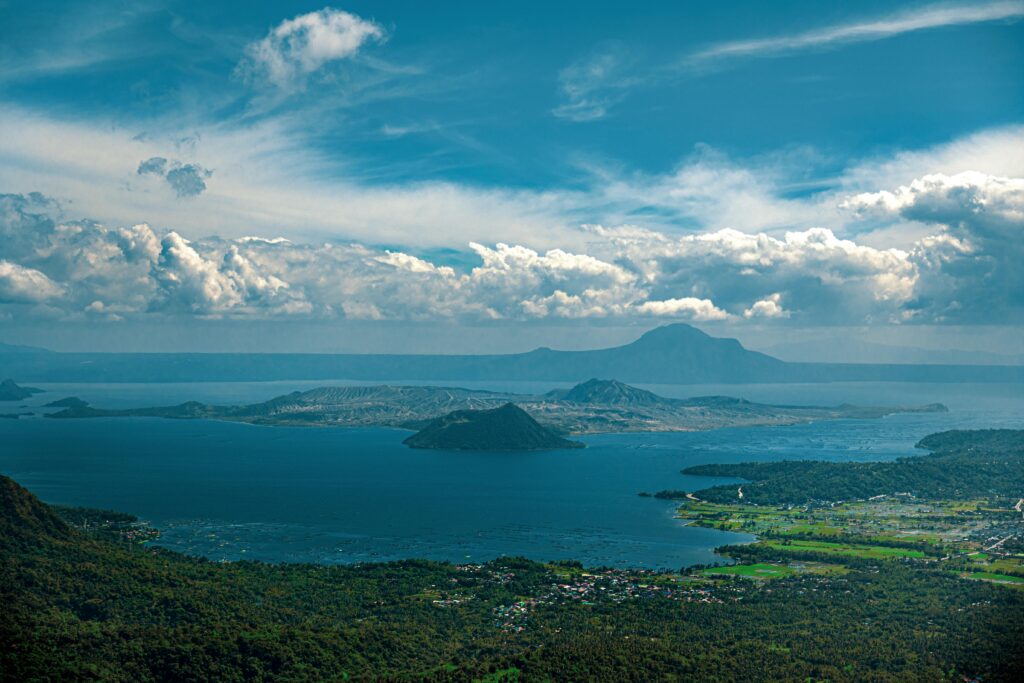TL;DR
Japanese hot springs offer a serene winter escape for Filipino travelers. Enjoy them respectfully and boost wellness while exploring Japan’s top onsen regions.
- Relax in natural mineral baths and scenic surroundings
- Follow proper onsen etiquette for comfort and respect
- Visit renowned onsen towns like Hakone and Beppu
- Try local alternatives such as I’M Onsen Spa in PH
Winter in Japan draws travelers from around the world, and Filipino tourists are increasingly captivated by its seasonal charm. Snow-capped mountains, crisp air, and festive atmospheres create an inviting backdrop. Among the attractions, Japanese hot springs stand out. These baths combine cultural tradition, wellness, and scenic beauty, offering a form of relaxation unlike typical spas or pools.
Onsens reflect Japan’s deep respect for nature and mindfulness. They are spaces for social interaction, spiritual reflection, and quiet rejuvenation. However, first-time visitors often hesitate because the customs and unspoken etiquette can feel intimidating.
This guide introduces you to onsen in Japan, explains their cultural roots, outlines onsen etiquette, and highlights modern alternatives in Japan and the Philippines.
What is an Onsen?
An onsen is a natural hot spring bath sourced from geothermally heated water. This water is rich in minerals believed to offer health benefits, from nourishing the skin to relaxing muscles.
Onsen bathing holds a significant place in Japanese tradition. It is both a social and spiritual activity, offering a moment to unwind while participating in a centuries-old ritual of purification. Unlike sento, a public bath using heated tap water, an onsen relies on natural geothermal sources, making each location unique.
Onsens vary widely: some are small outdoor pools tucked in mountain valleys for a serene experience, while others are luxurious resort facilities with private baths and additional amenities. Water types differ, too, ranging from sulfur-rich baths to iron-laden pools, each with distinct benefits.
4 Major Onsen Benefits for Travelers
Soaking in a traditional Japanese onsen provides profound and noticeable wellness effects that benefit both the body and mind:
- Improved circulation: The warm, mineral-rich water naturally stimulates blood flow, aiding the body’s natural functions.
- Muscle relief: The therapeutic heat effectively penetrates tissues, easing muscle tension, reducing soreness, and promoting physical recovery.
- Skin nourishment: The natural minerals dissolved in the hot spring water work to soften, detoxify, and rejuvenate the skin.
- Psychological wellness: The ritual of mindful bathing in a quiet, natural setting encourages deep relaxation, reduces stress, and enhances overall mental clarity.
Onsen bathing is a centuries-old tradition that offers a holistic approach to physical health and stress reduction.
Onsen in Japan: What to Know
What to Expect
Onsen facilities range from simple public baths to luxurious ryokan (traditional inns). You must understand the setup for a respectful and comfortable visit.
Types of Facilities
- Gender segregation: Nearly all public onsens are strictly gender-segregated. Look for the kanji signs: 女 (woman) or 男 (man).
- Bath types: Expect both indoor pools and rotenburo (outdoor pools), often set amid natural scenery such as mountains or forests.
- Accessibility: Day-use access is common, allowing visitors to pay an entry fee for a few hours.
Choosing Your Experience
| Option | Style & Privacy | Best For |
| Public Onsen | Communal and large, emphasizing a shared, traditional experience. Requires full nudity. | Socializing (quietly), experiencing grander, more scenic pools. |
| Ryokan Stay | Offers private onsen baths (kashikiri or kazokuburo) or baths attached to your room. | Couples, families, those with tattoos, or timid first-time visitors who want complete privacy. |
Preparing for Your Visit
When visiting a Japanese onsen, you must bring a modest and respectful attitude toward shared spaces. Full nudity is mandatory in most public baths and swimsuits are prohibited. Typically, towels and basic bathing essentials, such as soap and shampoo, are provided or can be rented for a small fee. Do not let your small towel come into contact with the onsen water.
The experience is mostly non-verbal, but English-friendly onsens, such as those in Kinosaki Onsen, are becoming more common, which makes it easier for first-time visitors to understand the rules and navigate the facilities.
Top Regions to Visit
Explore these premier hot spring towns, each offering a distinct experience based on location and water properties:
| Region | Onsen Town | Unique Experience |
| Kanto/Chubu | Hakone | Conveniently close to Tokyo; renowned for scenic views of Lake Ashi and Mount Fuji on clear days. Offers diverse types of spring water. |
| Kyushu | Beppu & Yufuin | Beppu is the “Hot Spring Capital” (famous for its steaming, unbathable “Hells”). Yufuin offers a quieter, high-end boutique experience set against the picturesque backdrop of Mount Yufu. |
| Northern Japan | Noboribetsu (Hokkaido) | Known for its dramatic, sulphurous volcanic landscapes (“Hell Valley” – Jigokudani), providing a powerful, mineral-rich bath perfect for winter relaxation. |
| Central Japan | Kusatsu | Consistently top-rated for its highly acidic, healing waters. Famous for the traditional Yumomi (water-stirring) purification ritual performed with large wooden paddles. |
Essential Planning Tips
To ensure your onsen visit is smooth and stress-free, always check the logistics beforehand by verifying current accessibility, such as winter road closures in places like Hokkaido, and confirm the operating hours for both public baths and private ryokans.
It is advisable to book day-use spots or ryokan overnight stays well in advance, typically between three to six months ahead, especially during peak tourist seasons like autumn and cherry blossom season. If you are a first-time visitor, make sure to confirm whether the facility offers English-language support or printed etiquette guides to help you navigate the communal bathing process respectfully and comfortably.
Onsen Etiquette
You must adhere to strict etiquette in Japanese onsen culture. Following these rules ensures respect for the communal space and the purity of the water:
Before Entering the Water
- The golden rule: Wash completely. You must wash and rinse your body thoroughly at the washing station before entering the communal pool. It’s non-negotiable.
- No swimsuits: Full nudity is mandatory in all traditional public baths. Swimsuits, underwear, and any clothing are strictly prohibited.
- Manage hair: Long hair must be tied back to prevent it from coming into contact with the bath water.
While Inside the Water
- Keep water pristine: Your small onsen towel (used for washing) should never touch the bath water. Keep it on your head or draped over the side of the tub.
- Maintain silence: Speak softly, if at all. Avoid splashing, jumping, or any behavior that disturbs the peace and tranquility of others.
Special Considerations
Tattoos in Japan are often associated with organized crime, which leads many onsen to maintain a strict “no tattoos allowed” policy to preserve a peaceful atmosphere.
If you have tattoos, it is advisable to cover them with small patches or waterproof tape, or to opt for a private bath (kashikiri) or a ryokan with a private tub. Always check the facility’s specific policy beforehand, as some places, especially tattoo-friendly onsens like those in Kinosaki Onsen, welcome guests with tattoos without restrictions.
Additionally, you should always respect the staff and follow posted signage to show utmost respect for the shared and sacred space. Tattoos, kashikiri, and other cultural etiquette are taken seriously in these settings.
Onsen in the Philippines: Your Local Options
For travelers unable to visit Japan this winter, the Philippines offers fantastic local alternatives that capture the spirit of relaxation and wellness associated with onsen bathing.
| Destination | Location | Unique Feature |
| I’M Onsen Spa | Makati, Metro Manila | An urban Japanese-style spa offering modern amenities, private tubs, and authentic treatments right in the heart of the city. |
| Hidden Valley Springs | Laguna | Features natural pools fed by volcanic springs, set amid a dramatically lush tropical forest for a true nature retreat. |
| Pansol Geothermal Resorts | Laguna | A dense cluster of resorts utilizing geothermal hot spring water, offering convenient and affordable weekend getaway options near Manila. |
While the tropical climate naturally differs from Japan’s snowy peaks, the core onsen benefits—muscle relaxation, therapeutic heat, and connection to mineral-rich water—remain central to the experience at these local spots.
Steam Your Stress Away
If the tranquility and mindful energy of an onsen linger in your mind, imagine bringing that same sense of balance, simplicity, and harmony into your everyday life.
Federal Land NRE Global Inc. (FNG) designs communities inspired by Japanese principles of wellness and thoughtful living. Our properties, such as The Observatory in Mandaluyong and Yume at Riverpark in Cavite, emphasize thoughtful design with spaces that highlight natural light, efficient layouts, and a serene environment.
These developments aim to bring restorative living to residents, creating homes that reflect the calm, mindful energy of an onsen and transforming everyday routines into stress-reducing, rejuvenating experiences.
Contact FNG today to learn how to make this serene, balanced living part of your everyday life.
FAQ
1. What is the difference between an onsen and a sento?
An onsen uses geothermally heated water with mineral benefits. A sento is a public bath with standard heated water.
2. Are tattoos allowed in Japanese hot springs?
Some onsens restrict visible tattoos. Private baths or cover-up stickers may allow tattooed visitors.
3. Can I experience the benefits of an onsen in the Philippines?
Yes. Resorts like I’M Onsen Spa and Hidden Valley Springs offer mineral-rich pools and traditional Japanese-style baths.
4. Where can I find the best onsen in Japan?
Top regions include Hakone, Beppu, Yufuin, Noboribetsu, and Kusatsu, each with unique scenery, water types, and bathing experiences.
5. What is proper onsen etiquette?
Wash thoroughly before entering, avoid swimsuits, keep towels out of the water, speak softly, and respect other visitors’ personal space.
- Tip: Some onsens provide small baskets to hold towels while bathing.









